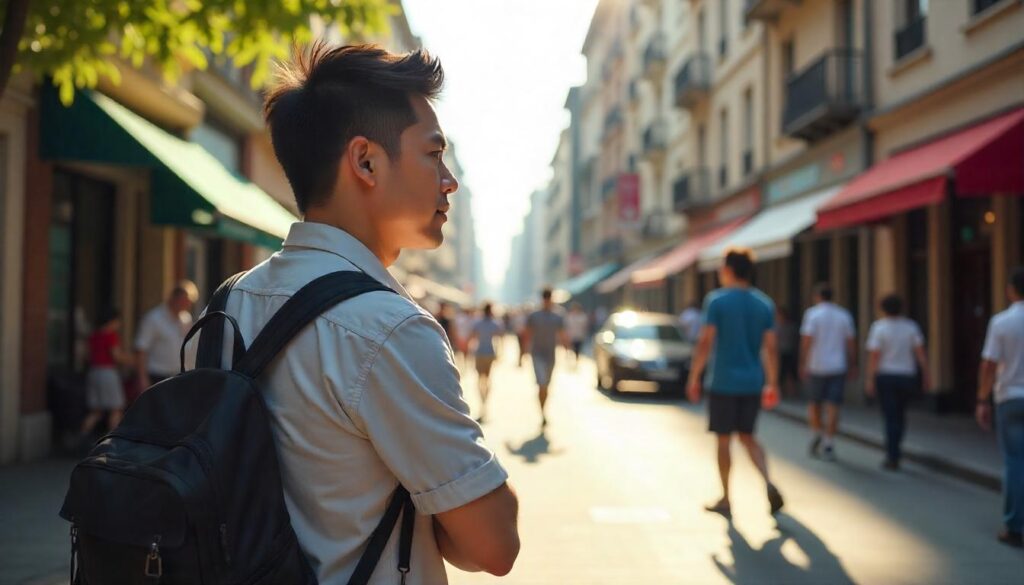In recent years, artificial intelligence (AI) has dramatically transformed numerous industries, and the world of art is no exception. AI art tools have emerged as powerful assistants and collaborators, reshaping how artists create, innovate, and express themselves. From generating entire artworks to enhancing existing pieces, these tools offer unprecedented possibilities that blend technology and creativity.
What Are AI Art Tools?
AI art tools refer to software applications and platforms that leverage artificial intelligence to aid in the creation, manipulation, or enhancement of visual art. These tools typically use advanced machine learning models—especially deep learning algorithms—to analyze data, recognize patterns, and generate images or assist in artistic processes.
The scope of AI art tools ranges widely. Some generate new artwork from scratch based on textual prompts or style inputs, while others provide features like style transfer, colorization, image upscaling, or even automatic sketching. Essentially, AI art tools serve as creative partners, augmenting the artist’s skills and offering new forms of artistic expression.
Popular Types of AI Art Tools
- Text-to-Image Generators: These tools convert descriptive text prompts into unique images. Examples include DALL·E, Midjourney, and Stable Diffusion. They allow users to create intricate visuals simply by describing what they want to see, democratizing access to art creation.
- Style Transfer: AI models can apply the style of famous painters—like Van Gogh or Picasso—to any photo or image. This technique transforms ordinary images into artworks that resemble the brushstrokes and color palettes of renowned artists.
- Image Enhancement Tools: Tools such as Gigapixel AI use AI to upscale images without losing detail, sharpen blurry photos, or restore old or damaged artwork.
- AI-Assisted Drawing and Sketching: Programs like Adobe Fresco and Clip Studio Paint incorporate AI features that predict strokes or suggest improvements, helping artists refine their work faster.
- Generative Adversarial Networks (GANs): GAN-based tools generate entirely new visual content by learning from a dataset of images. These models can create surreal, abstract, or hyper-realistic images that challenge traditional concepts of art.
How AI Art Tools Are Changing Creativity
AI art tools are redefining creativity by lowering technical barriers and enabling more people to engage in artistic activities. Even those without formal training in drawing or painting can use these tools to bring their ideas to life. This democratization of art creation is fostering new communities of digital artists and enthusiasts worldwide.
Moreover, AI encourages experimentation. Artists can quickly test different styles, color schemes, or compositions without spending hours on manual edits. This iterative process can spark new ideas and inspire fresh creative directions.
AI also blurs the line between human and machine creativity. Some artists use AI not just as a tool but as a collaborator—feeding outputs back into the AI for refinement or combining AI-generated elements with traditional techniques. This hybrid approach opens exciting dialogues about authorship, originality, and the future of art.
Practical Applications in Various Fields
- Digital Art and Design: Many graphic designers incorporate AI-generated elements into their work to enhance efficiency and creativity. AI helps with concept art, character design, and even logo creation.
- Fashion and Textile Design: AI art tools assist in generating patterns, textures, and fashion illustrations, speeding up the design process and introducing novel aesthetics.
- Marketing and Advertising: AI-generated visuals provide marketers with unique and customizable content, helping brands stand out with innovative campaigns.
- Gaming and Entertainment: Developers use AI to create concept art, backgrounds, and character designs, reducing production time and costs.
- Education: AI art tools serve as educational aids, helping students learn about styles, color theory, and digital art techniques in an interactive way.
Challenges and Ethical Considerations
Despite their many benefits, AI art tools also raise important questions and challenges. One major issue is authorship and intellectual property. When an AI generates an artwork based on a dataset of existing images, who owns the rights? The user, the developer, or the original artists whose works influenced the AI?
Another concern is the potential impact on traditional artists and job markets. As AI art becomes more accessible and prevalent, some worry it may devalue human craftsmanship or reduce opportunities for artists.
Moreover, the misuse of AI art tools to create misleading or harmful content—such as deepfake imagery—poses ethical and legal challenges. Ensuring responsible use, transparency, and fair regulation of AI-generated art is essential.
The Future of AI Art Tools
Looking ahead, AI art tools will only become more sophisticated and integrated into creative workflows. Improvements in AI understanding of context, emotions, and storytelling could enable the generation of even more nuanced and meaningful artworks.
We can also expect enhanced collaboration between humans and machines, where AI anticipates artistic intentions and assists more intuitively. Virtual and augmented reality environments combined with AI could offer immersive creative experiences.
Ultimately, AI art tools will continue to expand the boundaries of what art is and can be, fostering new forms of expression and cultural innovation.
Conclusion
AI art tools are revolutionizing the creative landscape by merging cutting-edge technology with artistic imagination. They empower artists, inspire newcomers, and challenge conventional notions of creativity and authorship. While challenges remain, the future of art in the digital age looks brighter and more dynamic with AI as a creative partner. Whether you are a professional artist, designer, or hobbyist, exploring AI art tools today can open doors to limitless creative possibilities.


